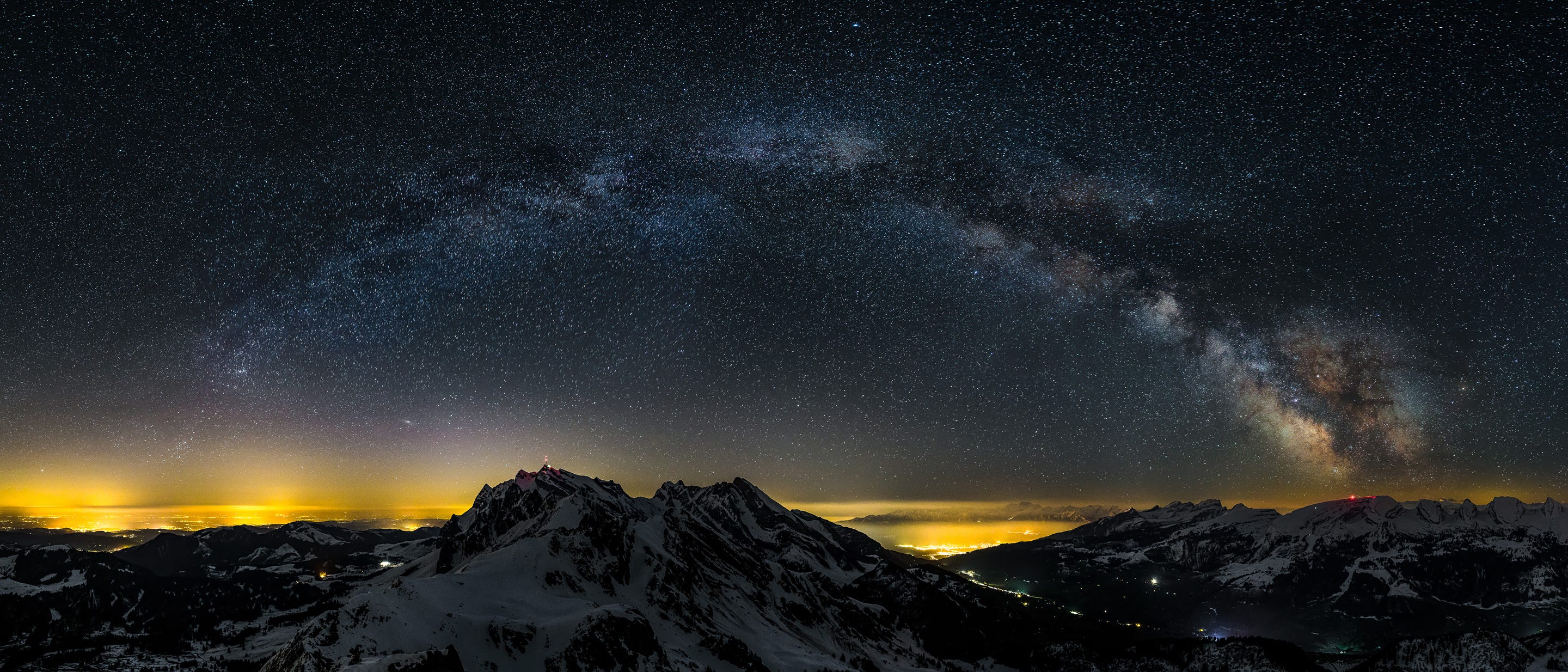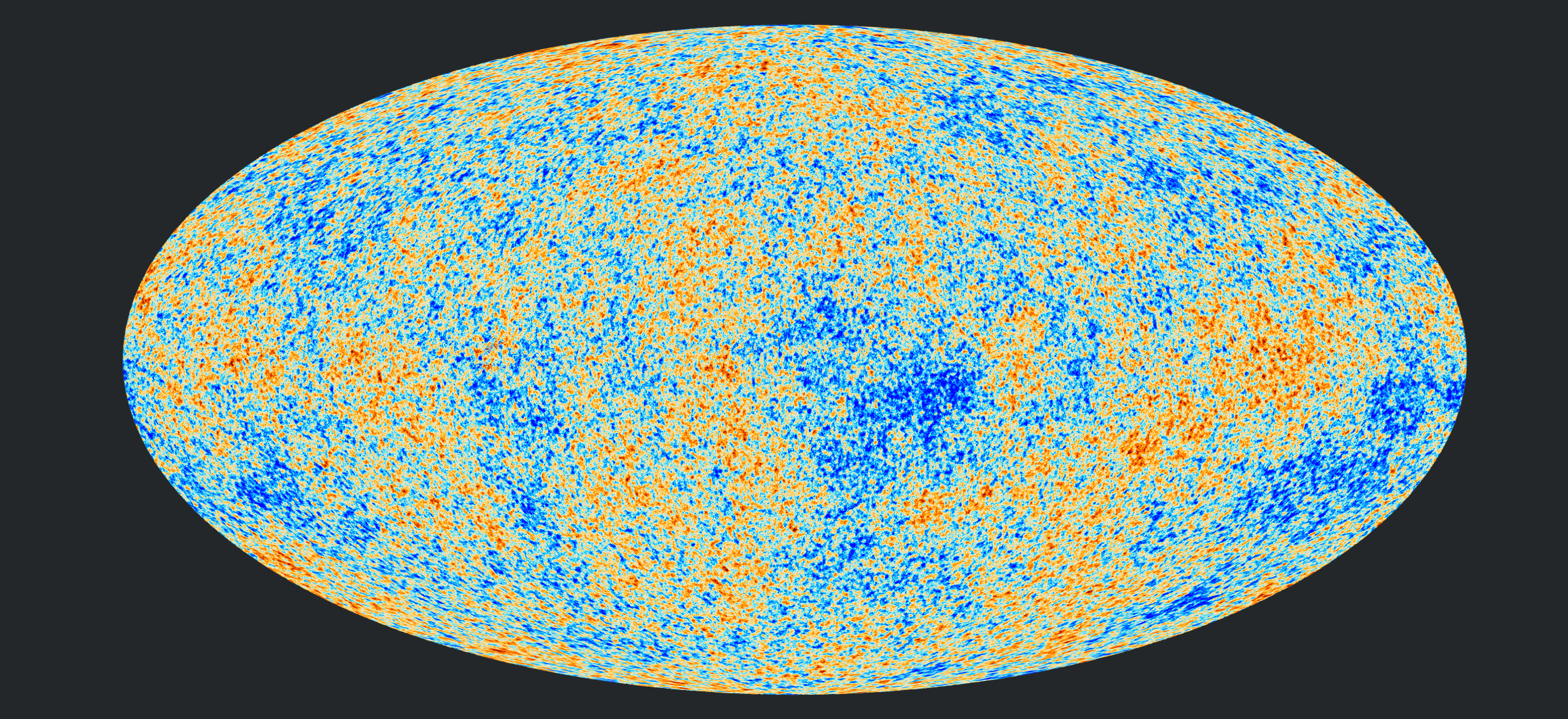Dear Readers,
For countless generations, the night sky has held an irresistible allure, captivating our hearts and minds with its timeless wonder. The inherent beauty of the cosmos, an ever-present spectacle of boundless majesty, has sparked our imagination and kindled an insatiable curiosity about our place in the vast expanse of the universe. As we gaze upward, we are reminded of our humble existence in this cosmic ballet, prompting us to reflect on the mysteries that lie beyond and the infinite possibilities that await us in the depths of the unknown. In our tenth edition read about a dying star’s hunger, an elevator to space, and an ode to space odyssey.

3 Reading Recommendations
- A recent study has revealed that a planet was observed spiraling close to a dying star that was 1,000 times its size until it was finally ingested into the star’s core. This is the first time such an observation has been made and it provides a clue for what may happen when Earth meets its end. It’s fascinating to think about the fate that will befall Earth in about four billion years when our dying sun swells to engulf our world | Dying star eats planet.
- In an era of renewed interest in space exploration and plans for Moon and Mars missions, it is crucial to challenge the prevailing mindset of conquest and exploitation. Space exploration has long been dominated by a small group of wealthy nations. But as we move into a new era of space travel, it is time for a more egalitarian approach. This article delves into the need for radical new space exploration ethics prioritizing peace, sustainability, and social justice. Examining the potential consequences of resource extraction, pollution, and militarization in space calls for a collective responsibility to ensure that the cosmos becomes a place of collaborative exploration and shared benefits, rather than conflicts and exploitation | Decolonising the Cosmos: A Radical New Ethics for Space Exploration.
- Journey back in time to July 1969, where a fearless ex-test pilot, clad in a spacesuit, prepares to board the colossal Saturn 5 rocket at Kennedy Space Center. With hearts pounding and adrenaline coursing through their veins, the brave astronaut and their two companions strap in, about to embark on a death-defying mission. Ignition commences, thrusting them into the sky with the power of seven and a half million pounds of raw force. The Earth diminishes below as they soar higher, hurtling towards the mysterious moon, an enigmatic world that has captivated humanity for eons. Experience the exhilaration as they navigate the treacherous journey, overcome obstacles, and ultimately achieve mankind's greatest feat: landing on the moon's surface. Brace yourself for an adventure that will ignite your imagination and remind you of the indomitable spirit of exploration that resides within us all, as the moon becomes the launching pad for humanity's extraordinary voyage into the vast unknown of the cosmos | The Moon is a Door to Forever.
1 Mathematical Concept to Ponder Upon
The geometry of the universe is a cosmic tapestry of curvatures, shapes, and structures that weave together the fabric of our reality. It is a breathtakingly beautiful and complex field of study that invites us to explore the very nature of space and time and to contemplate the fundamental mysteries of the cosmos. It is a dazzling dance of matter, energy, and the laws of physics, a grand symphony of cosmic proportions that invites us to join in the eternal quest for knowledge and understanding. But what shape is the Universe? Imagine living in a world where you can see yourself in every direction, or where triangles are more than 180 degrees. Find out about some of these mind-blowing possibilities of different shapes of the universe in this captivating article | What Is the Geometry of the Universe?

1 Crazy Idea Picking Up Steam
Space elevators are a proposed type of planet-to-space transportation system that could become a reality within “the next two or three decades” according to Physics professor Stephen Cohen at Vanier College in Montreal, Quebec. Imagine a cable stretching from Earth to space along which people and cargo can easily travel. The idea of such a structure is quite old, but it has only recently attracted serious scientific attention. It’s exciting to think about the possibilities that space elevators could bring in the future! | Space elevators are less Sci-fi than you think.
1 Tech in Pop-Culture
2001: A Space Odyssey is a classic sci-fi movie that was released in 1968 and was directed by Stanley Kubrick. Now considered a cult classic, what’s amazing is that the movie predicted the future more than 50 years ago with its stunning visuals and accurate predictions of future technology. In fact, the set and props in 2001: A Space Odyssey had to dramatically outpace the emerging technology, lest NASA succeeds while they were filming and make Kubrick’s vision appear outdated. It’s fascinating to think about how the movie got it right so many years ago! | 2001: A Space Odyssey Predicted the Future—50 Years Ago.



